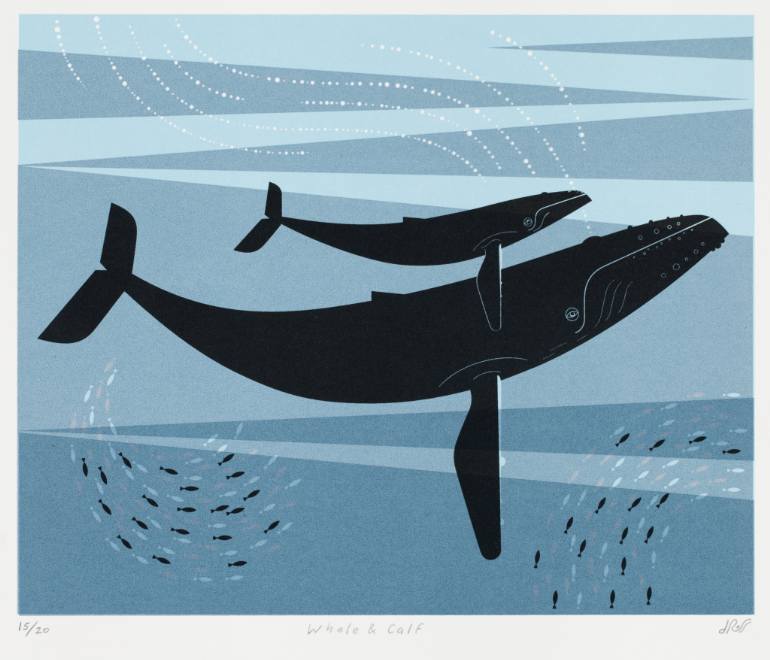
Cruzio will soon upgrade our email services. Heads up: Cruzio is raising the monthly price of our service to $5 per mailbox in order to make the change. For people who have previously had free email attached to another service, this can represent a noticeable jump in cost.
(Note: This doesn’t apply to custom domain name email service, just to our core address space ending in @cruzio.com, @baymoon.com, @rattlebrain.com, @calcentral.com, @scshop.com, @elgatito.com, @ebold.com, @skyhighway.com, @cruziolatino.com, and @icogitate.com.)
Here’s an explanation of what we’re doing and why. For tips on how to be prepared and keep costs low, check our FAQ. For a smooth change down the line, we recommend changing settings now — here’s the info you’ll need.
Our first goal is to clear out unused mailboxes before we move to a new platform. We know because of the long-time low cost, many people have addresses they don’t use. The first step if you’re in that boat is to remove unwanted mailboxes. Please contact us to get that done, and we’ll be happy to help with issues like recovering forgotten passwords, forwarding (which we’re providing free of charge), and saving old messages.
Once our mailbox count has stabilized (we expect there will be many fewer of them), Cruzio will shift to the newer interface. Watch this space for announcements of new features in the coming months.
Why the Change
The simple answer is that maintaining and supporting a non-ad-based email service is quite expensive. Sending and receiving messages might seem simple but the fact of the matter is that maintaining a good email service 24/7/365 is a lot of work, and email is what our customers call or write us about most. Adding better spam protection and a better user interface, which we feel is necessary, adds to the cost and we’ll be charged for those improvements by a third party on a per-mailbox per-month basis.
Then there’s the fact that Cruzio does not sell our customer information, surround your emails with ads, or otherwise subsidize the service as do free email providers such as Yahoo! or Gmail. The bottom line is that those services are free because the companies providing them want as many users as possible in order to monetize their personal data.
Cruzio is different. We work hard to protect our members’ privacy. We strongly believe it makes a difference to have an alternative to big nationwide ISPs — we stand out by offering fast, reliable internet services while being good members of the community and meeting a high bar for service and integrity.
To everyone who doesn’t like the increase in mailbox prices, Cruzio doesn’t like it either. We held off as long as we could. The current open source software we put together — and held together for many years — just isn’t providing the kind of user experience our customers need. We have to provide a better solution, and we’re going to do just that. The new email will have better spam protection, bigger mailboxes, and a much better user experience. Unfortunately, that’s expensive and we absolutely refuse to offset expenses by selling users’ personal information and browsing data or cutting off phone support as other companies do.
Understanding that some of our customers value free service over privacy and customer care and will elect to move to a different service, perhaps a free service, we have given months of notice to make sure people have time to find and transition to a new provider.
But if you’re inclined to stay, we’ll work to keep your business, so try talking with us first!
Please feel free to contact us if you have any questions, we’re always happy to help answer them. Our staff is on hand to assist in any way possible. We value you as customers and as neighbors.
And most of all, thank you for your continued support of local, Net Neutral internet.
Need more information? Check out our Email Upgrade FAQ.





 Recently, the US Congress repealed important internet privacy protections. The repeal allows internet providers to gather and sell personal data — like location and browsing histories — without the user’s permission.
Recently, the US Congress repealed important internet privacy protections. The repeal allows internet providers to gather and sell personal data — like location and browsing histories — without the user’s permission.









